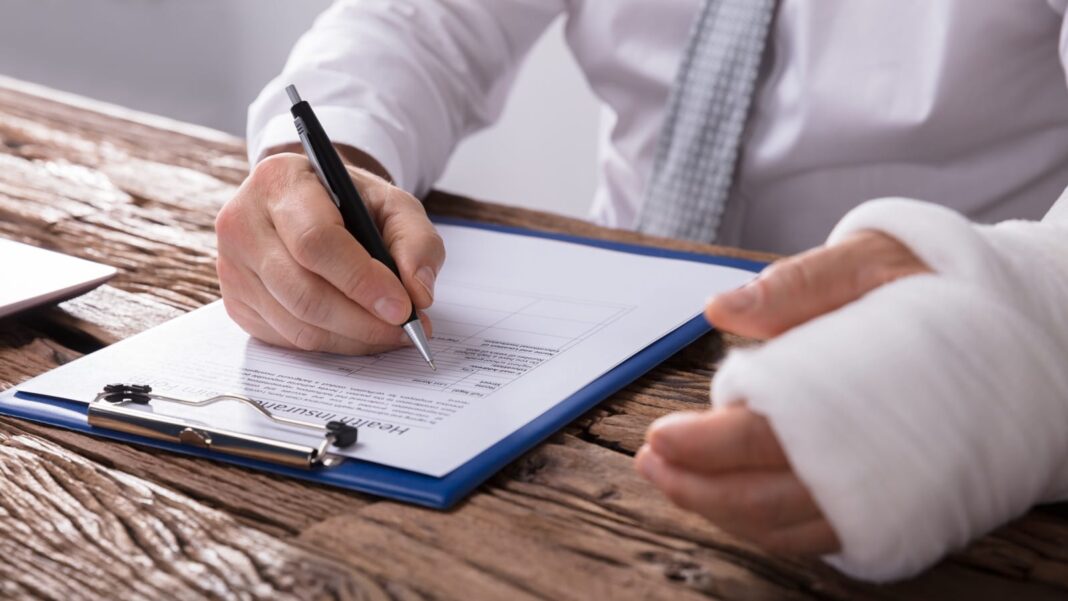Occupational safety is a set of technical, health, legal, psychological, pedagogical, and other activities that detect and eliminate hazards that endanger the life and health of persons at work and establish measures, procedures, and rules to eliminate or reduce these hazards and harms. The term persons at work refer to all employees, but also to other persons who perform some work – students, volunteers, students in professional practice, persons who perform personal work, and others.
In occupational safety, it is important to distinguish between the concepts of accidents at work and injury at work. An accident at work is considered to be any unwanted and unforeseen event that may or may not result in damage, injury, pollution, or something else. On the other hand, an injury at work is also an unwanted event that results in material damage, injury to workers, or environmental pollution. Statistically speaking, at 330 risks 300 of them occur without any consequences and injuries, 29 cases result in some danger while one causes worker injury, damage, or environmental pollution.
The purpose of occupational safety is to create safe working conditions to prevent injuries at work, occupational diseases, and accidents at work, or to reduce possible harmful consequences if the danger cannot be eliminated. The implementation of occupational safety is not limited to occupational diseases but strives to prevent any illness or injury, while more attention is paid to occupational diseases.
Worker’s compensation describes insurance that’s taken out by business owners to protect employees in case of injury.
The idea with worker’s comp is that it can provide sufficient funds to cover medical expenses, physical therapy, and other related healthcare expenses for employees who have become injured and/or are unable to work for a while. In the case of a workplace fatality, family members such as a husband or wife may receive benefits due to a fatality.
Is Workers’ Comp Required in Every State?

Only Texas is currently exempt from a requirement for businesses to have workers’ comp insurance to cover its employees. However, the regulations and what’s necessary vary with the other states, so it pays to verify this.
Some industries must confirm in writing that workers’ comp is in place whereas others may just need to verbally confirm it. Workers’ comp should also include the founder(s) too, not just the employees, to avoid leaving anyone out.
In worker’s compensation cases, medical records are critical. Companies that specialize in the secure cloud storage of medical records are often used by law firms to expedite document retrieval.
What are the obligations of the employer regarding compensation for damage due to an injury at work?

According to the wording of the Law on Safety and Health at Work, the employer is obliged to provide the employee with work at the workplace and in the work environment in which safety and health measures at work have been implemented. He is also obliged to provide preventive measures to protect the lives and health of employees.
How Workers’ Comp Costs Are Figured Out?

An insurance provider initially produces an estimate for the premiums for a worker’s compensation policy. This is then paid by the company to ensure the policy is live and kept current.
Each policy covers a set period. Once this has elapsed, the provider will audit the numbers to determine what the estimate should have been. At that point, either an additional charge for insurance premiums is requested or a partial refund of paid premiums is made. The adjustment represents the size of the workforce and risks for the business during the previous insurance period.
The premium is different for every business. However, the primary factors that drive the eventual cost include the workforce size, its industry, and whether there’s been a claim in the past. To learn more about it visit www.americanretrieval.com.
How Do I File a Workers’ Compensation Claim?

Once an injury or illness is reported and the workers ’comp claim is met, the cash benefit is usually raised within 1-3 months.
What Should SMEs Do for Record Keeping?

Company obligations towards employees vary from state to state. However, it is common that the company keeps a record of all accidents, reports them to the relevant state agency in the permitted time, and also notifies the insurer.
Depending on the state, it may also be necessary to deliver information about employees’ rights and confirm how soon employees must report an injury. Advising employees to notify within a specific timeframe is sometimes necessary because otherwise, no benefits may be payable under the policy.
It’s also possible that the employer is responsible for ensuring all necessary paperwork is filed on time, and that speedy medical treatment is provided. Some states also require the employer to provide retraining to enable the employee to get back to work sooner.
Given that there are considerable differences in requirements in each state for both the employer and the employees, companies must seek clarification.
Workers’ compensation is an excellent way to protect a company against the cost of potential employee accidents and for employees to be covered for accidents in the workplace. Businesses must ensure that they do right by their staff while avoiding falling foul of state requirements.
What kind of damage can you claim?

You can claim non-pecuniary and pecuniary damage. Non-pecuniary damage is mental pain that occurred due to injury and that is suffered fear, physical pain, degree of impairment, reduced life activity. Material damage is the cost of treatment and the difference in the reduced salary you had due to the use of sick leave.
Final thoughts
As tempting as monetary compensation may seem, safety and accident prevention should be a priority for both the employer and the employee. Wearing protective equipment at the work where it is planned is mandatory. Do everything for yourself or your workers to avoid an accident, because there is nothing more valuable than life.














